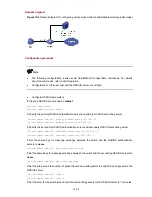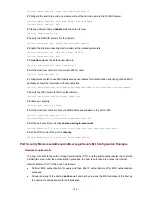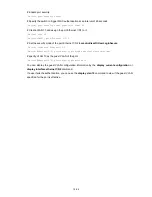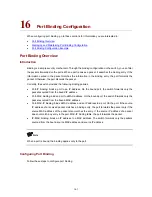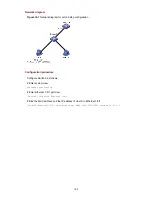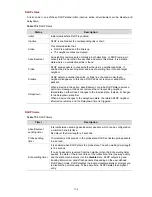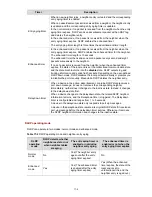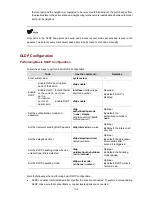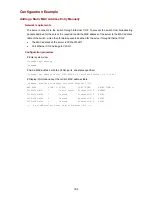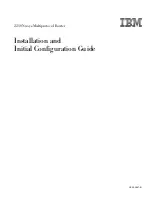
Timer
Description
Entry aging timer
When a new neighbor joins, a neighbor entry is created and the corresponding
entry aging timer is enabled
When an advertisement packet is received from a neighbor, the neighbor entry
is updated and the corresponding entry aging timer is updated
In the normal mode, if no packet is received from the neighbor when the entry
aging timer expires, DLDP sends an advertisement packet with an RSY tag,
and deletes the neighbor entry.
In the enhanced mode, if no packet is received from the neighbor when the
entry aging timer expires, DLDP enables the enhanced timer
The entry aging timer length is three times the advertisement timer length.
Enhanced timer
In the enhanced mode, if no packet is received from the neighbor when the
entry aging timer expires, DLDP enables the enhanced timer for the neighbor.
The enhanced timer length is 10 seconds
The enhanced timer then sends one probe packet every second and eight
packets successively to the neighbor.
If no echo packet is received from the neighbor when the enhanced timer
expires, the state of the local end is set to unidirectional communication state
and the state machine turns into the
disable
state. DLDP outputs log and
tracking information and sends flush packets. Depending on the user-defined
DLDP down mode, DLDP disables the local port automatically or prompts you
to disable the port manually. Meanwhile, DLDP deletes the neighbor entry.
Delaydown timer
When a device in the active, advertisement, or probe DLDP state receives a
port down message, it does not removes the corresponding neighbor
immediately, neither does it changes to the inactive state. Instead, it changes
to the delaydown state first.
When a device changes to the delaydown state, the related DLDP neighbor
information remains, and the Delaydown timer is triggered. The Delaydown
timer is configurable and ranges from 1 to 5 seconds.
A device in the delaydown state only responds to port up messages.
A device in the delaydown state resumes its original DLDP state if it receives a
port up message before the delaydown timer expires. Otherwise, it removes
the DLDP neighbor information and changes to the inactive state.
DLDP operating mode
DLDP can operate in two modes: normal mode and enhanced mode.
Table 17-4
DLDP operating mode and neighbor entry aging
DLDP
operating
mode
DLDP detects whether
neighbors exist or not
when neighbor tables
are aging
The entry aging timer is
enabled or not during
neighbor entry aging
The enhanced timer is
enabled or not when the
entry aging timer expires
Normal
mode
No
Yes (The neighbor entry
ages out after the entry
aging timer expires)
No
Enhanced
mode
Yes
Yes (The enhanced timer
is enabled after the entry
aging timer expires)
Yes (When the enhanced
timer expires, the state of the
local end is set to
unidirectional link, and the
neighbor entry is aged out.)
17-5


